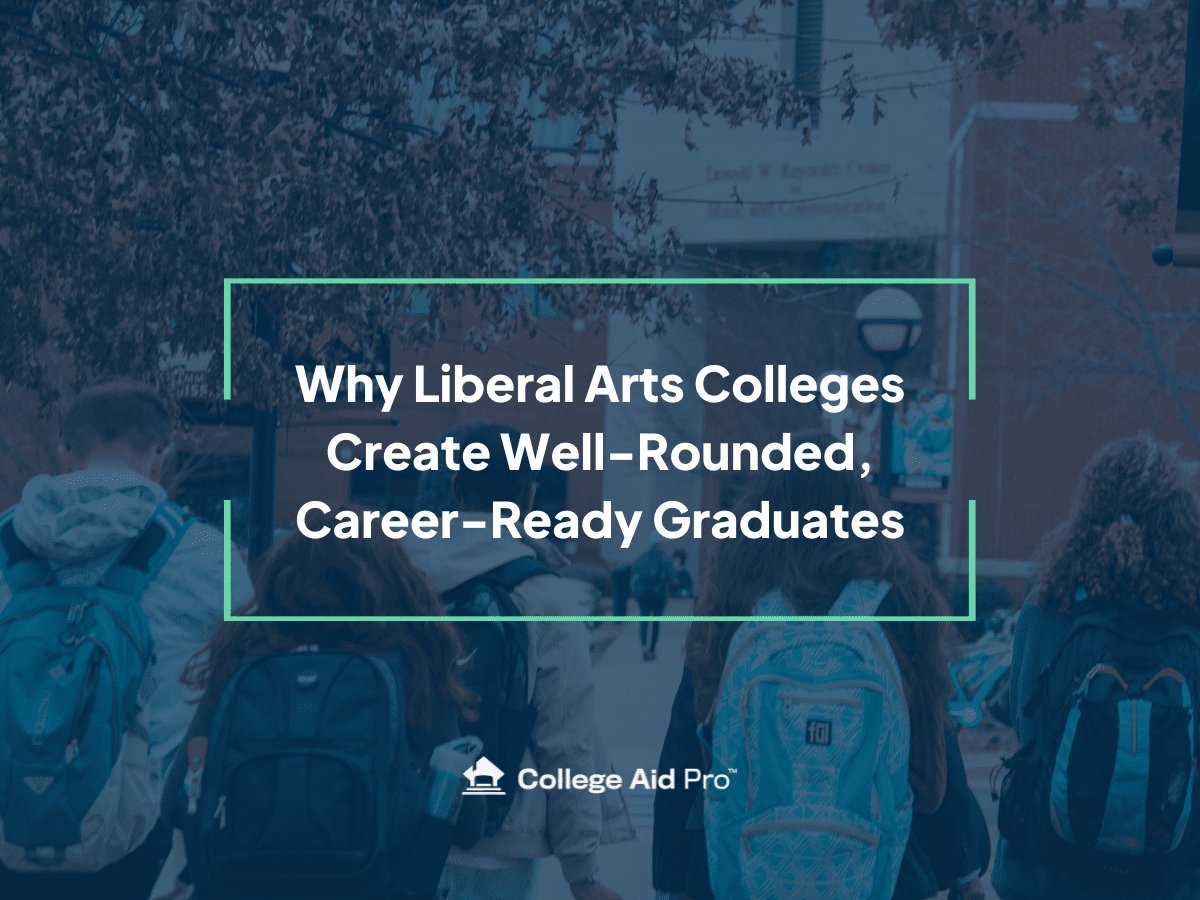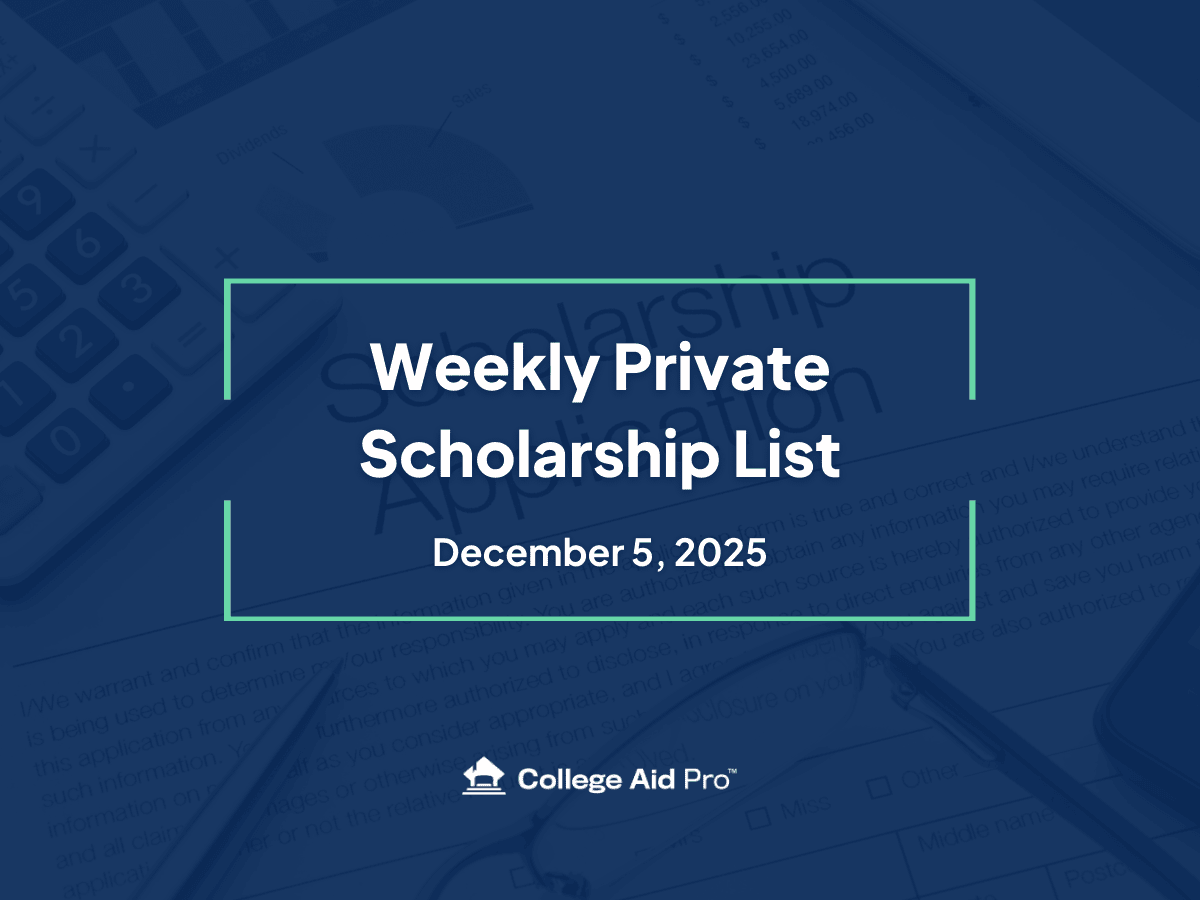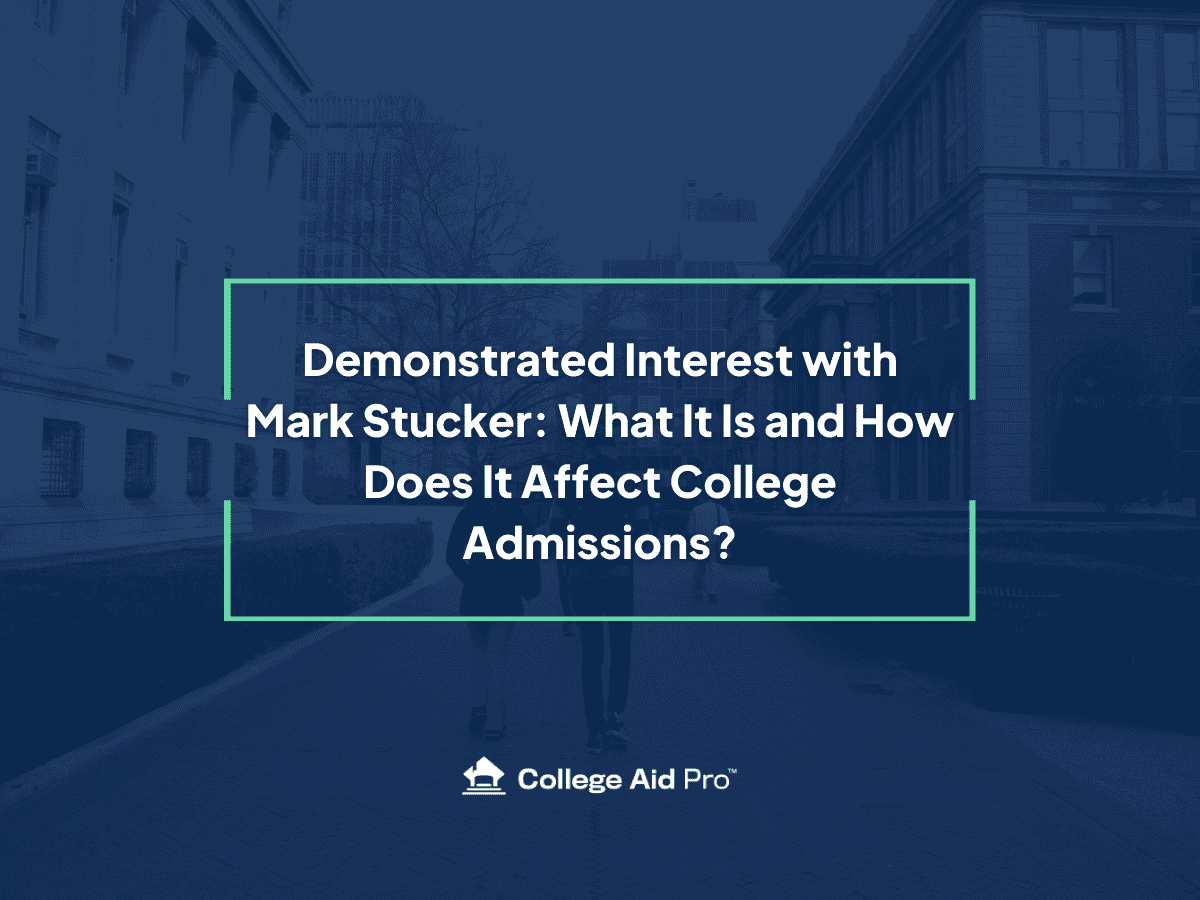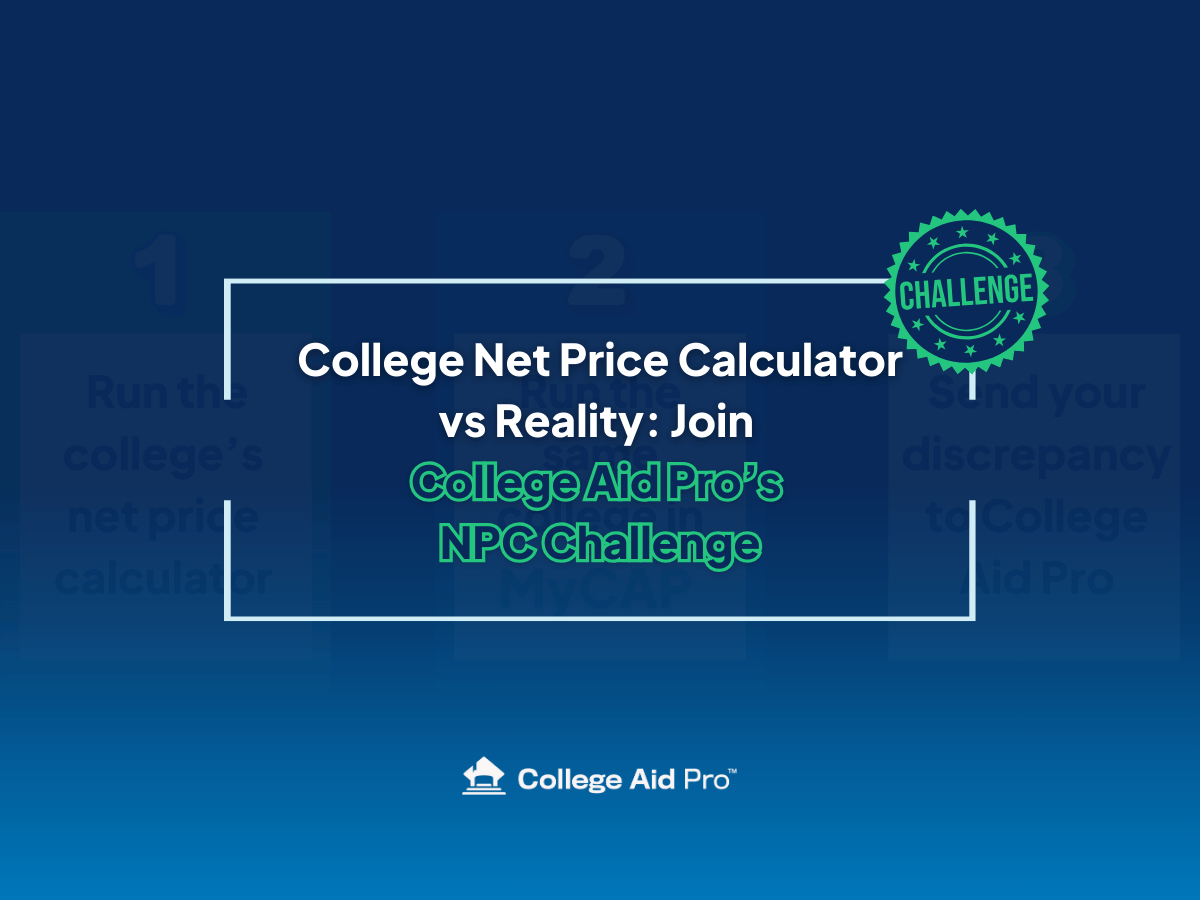Why Liberal Arts Colleges Create Well-Rounded, Career-Ready Graduates
Featuring insights from Peter Pitts, retired college admissions representative with 42 years of experience.
Choosing the right college is one of the biggest decisions students and families face. For many, large state universities or highly selective elite institutions dominate the conversation. However, an often-overlooked option offers exceptional academic opportunities, strong career outcomes, and highly personalized student experiences: liberal arts colleges.
In a recent episode of College!, host Peg Keough sat down with Peter Pitts, a retired admissions representative who spent more than four decades recruiting students for small liberal arts colleges. Pitts shared his insider perspective on what makes these schools unique, debunked common myths, and explained why liberal arts colleges may be the perfect fit for students who want to “do it all.”
What Is a Liberal Arts College?
Pitts explained that most liberal arts colleges are small, typically enrolling 3,500 students or fewer. These schools emphasize a broad-based education, combining a student’s chosen major with coursework in the humanities, sciences, and arts.
This means a student majoring in engineering, nursing, or business will still take classes in areas like history, sociology, and philosophy, ensuring graduates leave with strong critical thinking and communication skills. Employers consistently value these soft skills, often giving liberal arts graduates an edge when stepping into management or leadership roles.
Myth #1: Liberal Arts Colleges Don’t Have STEM or Professional Programs
One of the biggest misconceptions Pitts often hears is that liberal arts colleges don’t offer technical or professional majors.
“That’s just not true,” he said. “In fact, 122 small colleges in the U.S. have ABET-accredited engineering programs, and 110 of them are liberal arts institutions.”
Students interested in nursing, business administration, computer science, or other high-demand fields can absolutely find quality programs at small private colleges. The difference? They will also learn how to write well, speak effectively, and work collaboratively—skills essential for long-term career success.
Myth #2: No Greek Life or Student Involvement
When many people picture Greek life, they imagine the massive fraternity and sorority systems at large universities. Pitts shared a surprising fact:
“30 of the top 50 Greek systems in the country are at small liberal arts colleges,” he said, noting they often have higher GPAs, more community service involvement, and fewer hazing incidents compared to larger schools.
Beyond Greek life, liberal arts colleges excel at creating opportunities for students to lead and get involved. Whether it’s joining multiple clubs, playing in the marching band, giving campus tours, or even starting a new student organization, smaller schools allow students to explore every interest without getting lost in the shuffle.
Myth #3: No Research Opportunities
At large research universities, undergraduates often compete with graduate students for access to labs and projects. That’s not the case at liberal arts colleges.
“Students can do original research—even before freshman year,” said Pitts, highlighting programs like Monmouth College’s SOFIA program, where incoming students spend three weeks conducting research before classes even start.
These early experiences often result in publishable work and long-term mentorship opportunities with professors, something much harder to access at larger institutions.
Financial Aid & Merit Scholarships
Cost is often a major concern for families. While some highly selective liberal arts colleges do have high sticker prices and little merit aid, Pitts noted that many small colleges offer significant financial assistance.
“On average, liberal arts colleges discount tuition by 56%, with some schools discounting up to 70%,” Pitts explained.
This means that many students end up paying far less than the published tuition price. For families willing to look beyond the “famous 50” private colleges, affordable options with generous scholarships are widely available.
Career Outcomes: The Liberal Arts Advantage
Another common myth is that liberal arts graduates struggle to find jobs. Pitts quickly debunked this:
“Every liberal arts college I’ve researched has 90–99% placement rates within six months of graduation,” he said.
These graduates often rise quickly in their careers, thanks to their leadership experience, strong communication skills, and versatile problem-solving abilities. From internships at the White House to research positions at the Mayo Clinic, liberal arts students access unique opportunities that help them stand out in competitive job markets.
Who Thrives at a Liberal Arts College?
So, what type of student should consider a liberal arts college? According to Pitts:
“Students who want to do it all—those who want to major in their chosen field but also join multiple clubs, play a sport, hold leadership positions, or even start new organizations—are the ones who thrive.”
These schools are ideal for students who crave close relationships with professors, want to explore multiple academic and extracurricular interests, and value a strong, supportive community.
Key Takeaways
- Liberal arts colleges offer more than just humanities majors—students can study engineering, nursing, business, and more while still developing transferrable skills employers value.
- Student involvement is robust, with active Greek life, clubs, and leadership opportunities.
- Undergraduate research starts early, often leading to published work or unique hands-on experiences.
- Financial aid and scholarships make many liberal arts colleges surprisingly affordable.
- Career outcomes are strong, with most graduates employed or in grad school within six months.
Final Thoughts
As Peg Keough summarized at the end of the episode:
“Ultimately, what matters most is where your child will thrive. Rankings don’t define success—opportunity and fit do.”
Families exploring college options should consider adding liberal arts colleges to their lists. These schools deliver a dynamic, supportive environment where students can grow academically, personally, and professionally.
Interested in learning more? Check out Colleges That Change Lives and listen to the full episode for a more in-depth discussion. Also, consider visiting a few campuses to see the unique energy of these schools firsthand.



